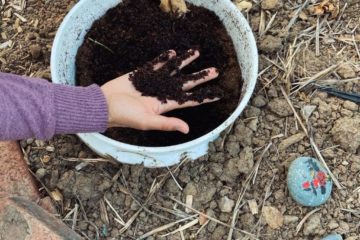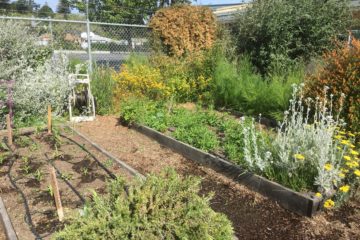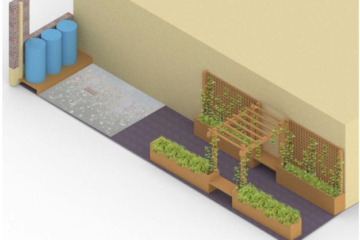Written by Anthony Otonari, Horticulture and Design
If you’re a gardener seeking the next step toward sustainable, economical gardening, then consider saving your seeds. Seed saving is a centuries old tradition whereby farmers and gardeners harvest and save the seeds or other reproductive parts from their produce for future use. Though no longer practical for large scale farming, this technique can still be very effective and beneficial for the average home gardener today.
Benefits of Seed Saving
- Money Saving – by saving seeds you will no longer need to continue purchasing new seeds each season
- Larger Yield – if cultivated correctly, plants grown from your saved seeds will be much higher quality than standard plants, leading to higher production rates
- Resiliency – your saved seed crops will become more adapted to your local climate and pests, improving resiliency and removing the need for pesticides or fertilizers
How to Save Your Seeds
Although seed saving dates back to the Stone Age, the process is fairly complex and finicky. Here are some steps to ensure you have the best results:
- Try to avoid cross pollinating your plants
Many species in your garden will be able to cross pollinate, which can ruin your seeds. To avoid cross pollination you can plant these species far apart from each other or stagger the time of planting.
- Harvest seeds from your healthiest plants
This may seem straightforward, but you will want to pick out your healthy plants for seed saving. Try to select the plants you want to save seeds from early on in their development. Once you have decided on which plants to harvest seeds from, make sure to take good care of them.
- Harvest the best seeds, but only when ready
Only harvest the best seeds from your crops to ensure the highest quality. You will also want to make sure that your produce is fully matured before harvesting the seeds. Discard any malformed or off-color seeds from the bunch.
- Dry your seeds
This step can vary depending on what kinds of seeds you are saving, but most seeds should be dried out in the sun. Make sure your seeds are fully dried, then let them cool off before storage.
- Storage
Pack your seeds into an airtight container, leaving little to no excess space inside. You can add ash or rice to your container to help absorb any leftover moisture from the seeds or the air. Once packaged, store your seeds in a cool, dry, dark place.
- Maintenance and planting
Once stored, you should routinely check your seeds for pest or fungal damages. If desired, simple herbal concoctions can be added to your storage container to help prevent such damages. Alternatively, you can occasionally remove the seeds and re-dry them in the sun. Lastly, you should ideally plant your seeds around one year after harvesting.
While this process appears daunting and labor-intensive, it can be very rewarding. We encourage you adventurous gardeners out there to try this technique. It might take awhile to master, but the results may well be worth the effort. Additionally, once you have some high quality seeds, don’t forget to reach out to your local gardening community. You may find a network of fellow seed savers out there willing to trade their own high quality seeds with you. Enjoy, and good luck with your gardening endeavors!
References:
Evans, C., Rana, L., Giri, B., Acharya, N., Saville, N., & Upadhaya, S. (august 24, 2020). Seed Saving. Farmers’ Handbook. Retrieved March 4, 2021, from https://www.permaculturenews.org/2020/08/24/farmers-handbook/
Iannotti, M. (2020, January 17). Seed saving: Tips for storing your garden favorites. Retrieved March 04, 2021, from https://www.thespruce.com/seed-saving-tips-1402414
M. (n.d.). What is seed saving? – definition from maximumyield. Retrieved March 04, 2021, from https://www.maximumyield.com/definition/3663/seed-saving
S. (n.d.). Learn to save seeds: It’s a winner! Retrieved March 04, 2021, from https://seedsavers.net/why-save-seeds/benefits-of-seed-saving/



0 Comments